This Masters by Research project investigates into time differences required for echo thresholds under differing stimuli, angles and listener instructions. Previous research has focused on echo thresholds primarily with regard to level difference or a limited combination of these variables. Contrasting listener instructions between research such as “echo barely audible” and “echo clearly audible” has been shown to produce different thresholds. The former instruction resulted in summing localisation being considered and lower thresholds.
Listeners manipulated sliders on a GUI to reduce the time difference between two randomly selected loudspeakers. Two tests were undertaken to grade the beginning of separation with fusion still evident and complete separation. Orchestral, pink noise burst and speech stimuli were used as continuous, transient and familiar sources, respectively. 17 loudspeaker angles were available in total, however, a single angle per side of the median plane was chosen randomly by the GUI which produced 10 angles per test. The listener sat in the centre of the room with speakers radiating around them at 0, ±30, ±60, ±90, ±120, ±150 and 180-degree azimuthal intervals at 0! elevation and 0, ±30 and ±110 degrees at 30-degree elevation, replicating common multichannel surround setups. The lead sound was presented from the speaker directly in front of the listener at 0! azimuth and 0! Elevation.
A Paired-Samples Sign Test was used for significance testing of median differences between graded echo thresholds. There were clear median differences between tests when the marking criteria was different. The orchestral stimulus was overall significantly different to the pink noise and speech stimuli in the fusion test. There were significant differences for half of the angles (those within the median plane or relatively behind the listener position) for the orchestral and pink noise comparison in the separation test. Significant differences were apparent for the majority of angles in the separation test between the orchestral and speech stimuli. For both tests, the pink noise and speech comparison showed no significant differences. Limited significant differences were noted between angles. Median plane angles for the lag sound showed increased echo thresholds.
Researcher: Lee Davis
Supervisor: Dr Hyunkook Lee
Publications:
